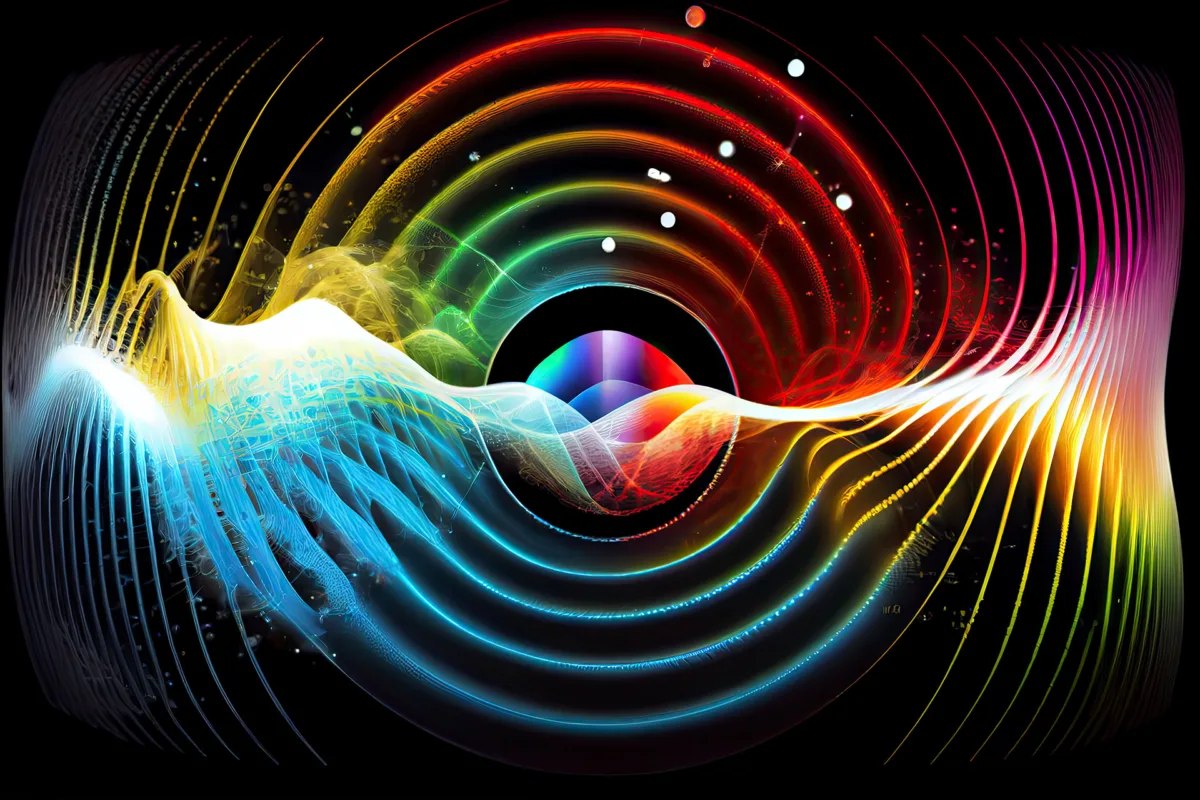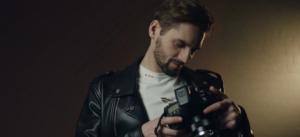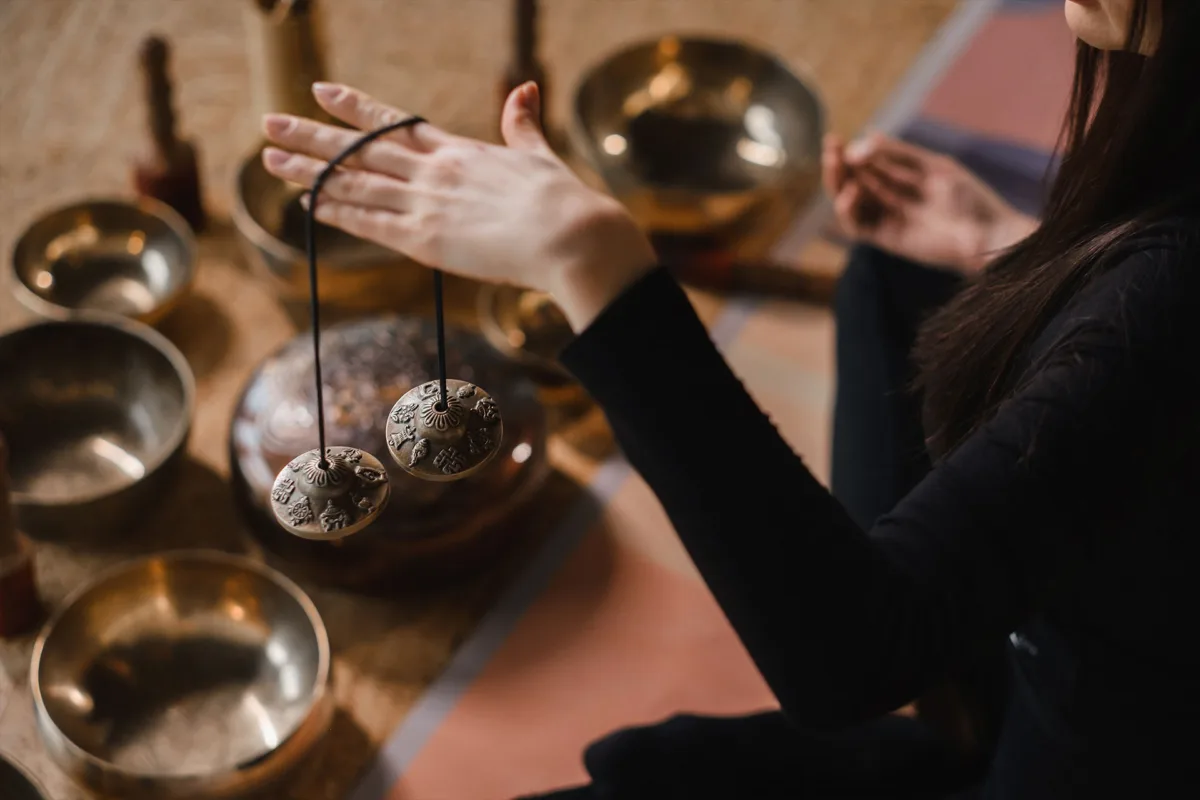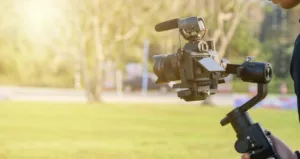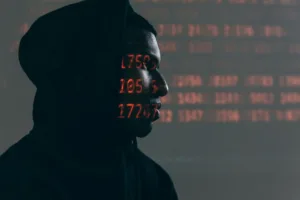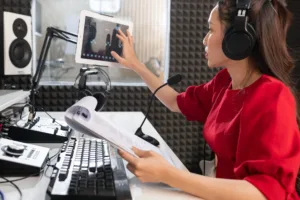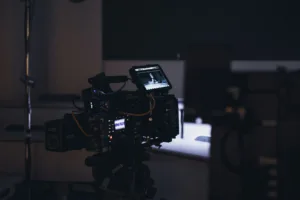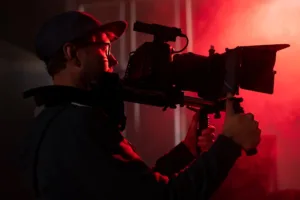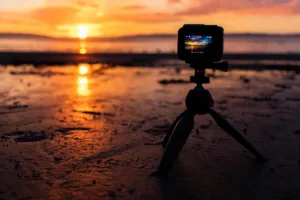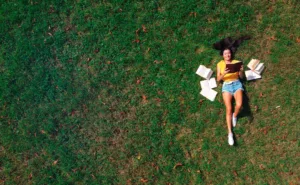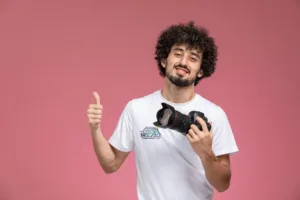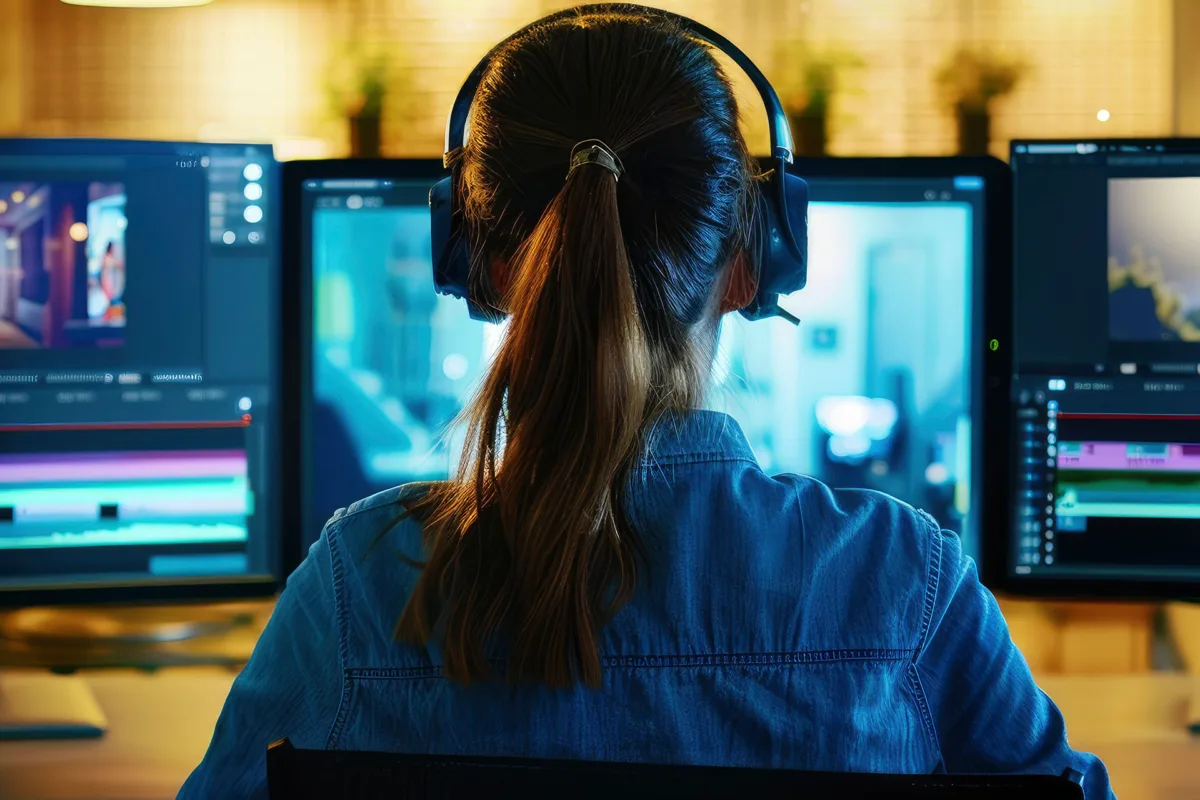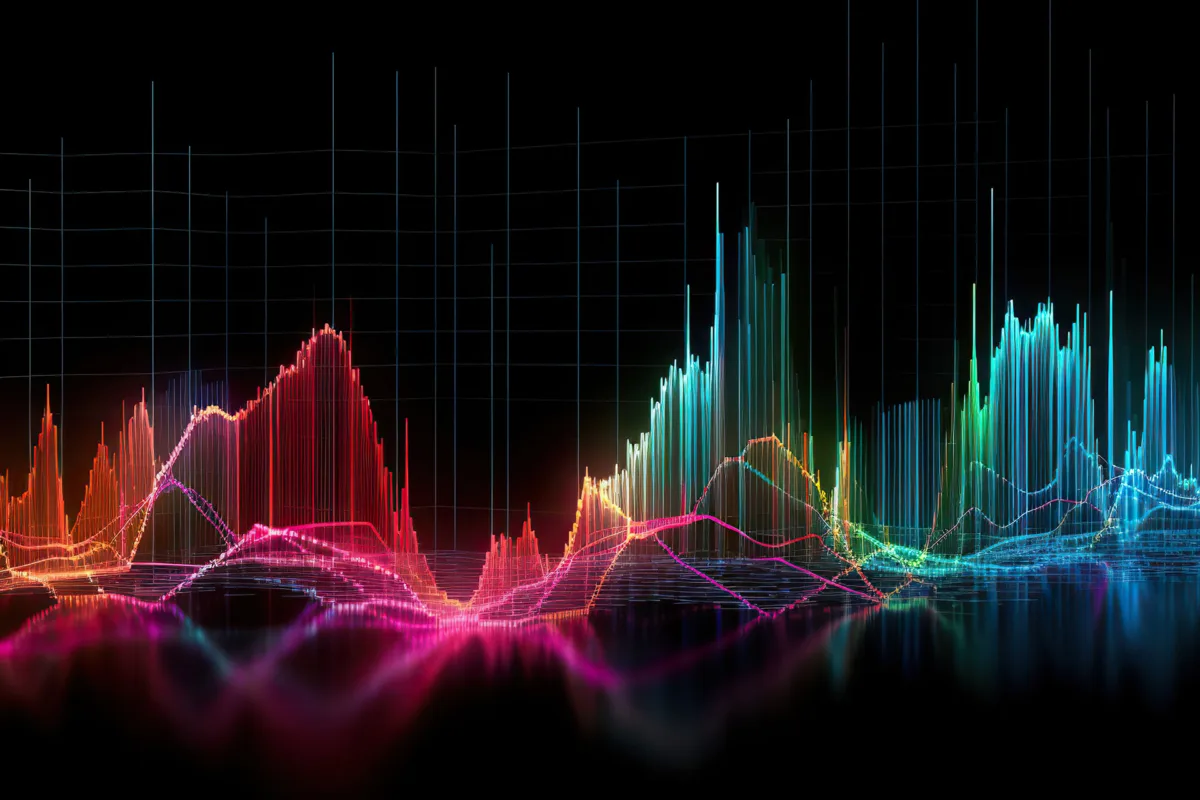What Are Healing Frequencies?
Healing frequencies, specific sound vibrations believed to impact the mind, body, and spirit, have deep roots in ancient civilizations. These frequencies have been tied to practices like meditation, energy healing, and spiritual awakening, connecting us to our ancestors who also sought healing through sound. Whether it’s the sound of a singing bowl, the hum of binaural beats, or the resonant tone of a Solfeggio frequency, many people turn to these sounds for relaxation, emotional release, or even physical healing.
Now, before we get into the specifics, let’s address the elephant in the room: Is there any scientific proof behind healing frequencies?
While science has yet to fully back the claims around these frequencies, many individuals who use them report profound personal benefits. It’s all about tuning into the right frequency, quite literally! For some, it’s a spiritual experience. For others, it’s a way to relax and center themselves in a busy, often overwhelming world. This personal testimony of the power of healing frequencies is both hopeful and intriguing.
So, what are these frequencies, and how do they work? Let’s break them down.
The Solfeggio Frequencies: A Window Into Ancient Sound Healing
The Solfeggio frequencies are one of the most well-known groups of healing tones. Dating back to Gregorian chants, these six original tones were used to promote spiritual healing and connection. Today, they’re commonly associated with chakra healing and used in sound baths, meditation, and even modern therapy.
Here’s a breakdown of each Solfeggio frequency and its corresponding chakra:
- 396 Hz – The Frequency of Liberation (Root Chakra) If you want to shake off fear, guilt, or any other heavy emotions holding you back, this one’s for you. The 396 Hz frequency is connected to the root chakra, which is all about feeling grounded and secure. Using this frequency in your sound healing practice can help you release negative energy and create a robust and stable foundation in life.
- 417 Hz – The Frequency of Change (Sacral Chakra) Feeling stuck? Unable to let go of past traumas? The 417 Hz frequency resonates with the sacral chakra, helping you break free from old patterns. It’s also known to boost creativity and emotional expression, so if you’re an artist or creator, this might be a good one to work with.
- 528 Hz – The Love Frequency (Solar Plexus Chakra) Ah, the famous 528 Hz—the frequency of love and healing. Tied to the solar plexus chakra, this frequency fosters transformation, love, and compassion. It’s also associated with DNA repair, making it one of the most intriguing Solfeggio tones. People use 528 Hz to promote overall balance and positivity in their lives.
- 639 Hz – The Frequency of Connection (Heart Chakra) For those looking to enhance relationships and communication, 639 Hz is key. This frequency is connected to the heart chakra and promotes empathy, forgiveness, and a sense of interconnectedness with others. If you’re working through relationship issues or want to invite more harmony into your life, this frequency might help open your heart.
- 741 Hz – The Frequency of Awakening (Throat Chakra) Linked to the throat chakra, 741 Hz is about finding your voice—literally and metaphorically. It’s used for self-expression, communication, and detoxifying your mind from negative thinking. Think of this frequency as the one that helps you speak your truth and be heard, loud and clear.
- 852 Hz – The Frequency of Intuition (Third Eye Chakra) When you want to deepen your spiritual awareness and tap into your intuition, 852 Hz is the go-to. Aligned with the third eye chakra, this frequency helps you connect with your inner wisdom and the larger universe. People use it to enhance meditation and to gain insights from their subconscious mind.
- 963 Hz – The Frequency of Oneness (Crown Chakra) Often referred to as the frequency of the universe, 963 Hz is linked to the crown chakra. This frequency is all about awakening, spiritual connection, and the experience of oneness. Many people use it in meditation to connect with a higher consciousness and feel more in tune with the cosmic energy around them.
When listened to or meditated upon, these frequencies are believed to bring balance to our energy centers—also known as the chakras. But the Solfeggio frequencies are just the beginning of our sonic adventure.
Beyond Solfeggio: Other Healing Frequencies
While Solfeggio frequencies are well-known, they’re not the only ones that are said to have healing properties. Let’s explore some additional frequencies that are often used in sound therapy.
- 174 Hz – The Foundation Frequency Known as the foundation frequency, 174 Hz is used for grounding and creating a sense of security. Many people find this frequency helpful for physical healing and pain relief. It’s a great choice if you want to feel more stable and rooted in your life.
- 285 Hz – The Healing Frequency This frequency is associated with physical regeneration and healing. Whether you’re recovering from an injury or want to feel more balanced, 285 Hz is thought to help rejuvenate cells and promote overall wellness.
These frequencies are part of more healing tones that some people integrate into their meditation or sound therapy practices. But how do these sounds work on the brain?
Brainwave Entrainment: Tuning Your Brain to Optimal Frequencies
Regarding healing frequencies, it’s impossible not to mention brainwave entrainment. This technique involves syncing your brainwaves to specific frequencies, which can influence your mental state. By listening to sounds that match particular brainwave frequencies, you can enter different states of consciousness, from deep relaxation to heightened focus.
Here’s a quick guide to the five main types of brainwaves and how they correspond to different frequencies:
- Delta (0.5 to 4 Hz) Delta waves are associated with deep sleep and the unconscious mind. Listening to delta frequencies can help you achieve restorative rest and aid in physical healing, making it great for anyone with insomnia or chronic fatigue.
- Theta (4 to 8 Hz) Theta waves are tied to creativity, deep meditation, and light sleep. This is the frequency your brain produces when you’re in a dreamlike state, full of vivid imagery and spiritual connection. Theta waves are great for meditation and unlocking your intuition.
- Alpha (8 to 12 Hz) If you’ve ever felt deeply relaxed yet focused, you were probably in an alpha state. Alpha waves are produced during calm wakefulness and can help reduce stress, increase creativity, and promote relaxed focus. It’s perfect for moments when you need to recharge without losing clarity.
- Beta (12 to 30 Hz) Beta waves are what your brain produces when you’re alert, focused, and actively thinking. Higher beta frequencies are linked to stress and anxiety, while lower beta frequencies are tied to focused attention. It’s useful when you need to get work done but want to stay calm and collected.
- Gamma (30 to 100 Hz) Gamma waves are the least understood of the brainwaves and are associated with peak mental and physical performance. These frequencies are present during high-level thinking, learning, and spiritual enlightenment. Gamma waves are often seen as the key to achieving heightened awareness.
Many people use binaural beats or isochronic tones to achieve brainwave entrainment. These auditory tracks use different frequencies in each ear to help your brain sync up with the desired state. It’s a form of self-care that’s as simple as hitting play on your favorite meditation track.
The Mysterious Tesla Frequencies: The 3-6-9 Code
You’ve probably heard of Nikola Tesla—the genius inventor credited with many technological breakthroughs. But did you know that Tesla was also fascinated with numbers, specifically 3, 6, and 9? He believed these numbers were the key to unlocking the universe’s secrets.
While no hard science connects Tesla’s theories to healing frequencies, some spiritual practitioners have linked his 3-6-9 code to specific tones. Here’s a quick look at these:
- 333 Hz – The Number of Harmony In numerology, 3 is the number of balance and completion, and the 333 Hz frequency is often used to bring a sense of equilibrium to your life.
- 639 Hz – The Number of Love and Connection As mentioned earlier, 639 Hz is tied to harmony and relationships. In the context of Tesla’s code, it’s seen as a way to foster a deeper connection and balance between people.
- 999 Hz – The Number of Completion The number 9 is often associated with closure and transformation. Listening to 999 Hz promotes spiritual growth, enlightenment, and a sense of wholeness.
Tesla’s 3-6-9 frequencies may be more myth than science, but those who believe in the power of numbers add a unique twist to the world of sound healing.
Schumann Resonance: The Earth’s Heartbeat
You’ll love the Schumann resonance concept if you feel a solid connection to nature. This frequency (7.83 Hz) is often referred to as the Earth’s heartbeat and is said to be the natural vibration of the planet.
Listening to or meditating on the Schumann resonance can align yourself with the Earth’s energy, promoting balance, harmony, and overall well-being. It’s an excellent tool for anyone who feels disconnected from nature or seeks a more profound sense of grounding.
Planetary Frequencies: Tapping Into Celestial Energies
Planetary frequencies are another fascinating (and esoteric) branch of sound healing. These frequencies are based on the belief that each planet in our solar system has its unique vibration, and by tapping into these vibrations, we can align ourselves with the energy of the cosmos.
Here are a few examples of planetary frequencies:
- Earth (126.22 Hz): Grounding, stability, and balance.
- Moon (210.42 Hz): Emotional healing and intuition.
- Jupiter (183.58 Hz): Growth, abundance, and expansion.
- Venus (221.23 Hz): Love, beauty, and harmony.
While the science behind planetary frequencies is more spiritual than empirical, they offer a fun and creative way to explore the connection between sound, energy, and the universe.
How to Use Healing Frequencies in Your Life
So, now that you’ve understood the different types of healing frequencies, how can you actually use them? Here are a few simple ways to incorporate healing frequencies into your daily routine:
1. Meditation: This is the most common way to use healing frequencies. Put on a track that resonates with the frequency you want to tap into, and let the sound guide you into deep relaxation and mindfulness.
2. Sound Baths: If you prefer a more immersive experience, sound baths are a great way to bathe yourself in healing frequencies. Whether you attend a live session or create your own at home using singing bowls, gongs, or chimes, sound baths offer a full-body experience that’s deeply relaxing.
3. Daily Listening: Not every healing frequency session needs to be a grand event. You can play these tones in the background while you work, sleep, or go about your day. Let the sound subtly influence your mood, energy, and overall well-being.
4. Chakra Balancing: If you’re into energy work, you can use specific frequencies to balance your chakras. Pairing meditation or yoga with the right tones can help clear blockages and restore flow to your energy centers.
5. Sleep Aid: Many people find that delta frequencies (0.5 to 4 Hz) improve sleep quality. Try listening to a delta frequency track before bed to help you fall into a deeper, more restful sleep.
Finding Your Frequency
Healing frequencies offer a beautiful way to explore the connection between sound, energy, and well-being. Whether you’re looking to reduce stress, deepen your spiritual practice, or feel more balanced, there’s a frequency out there.
While the science may not fully support all the claims, the personal experiences and stories of those who use these frequencies speak for themselves. It’s about finding what resonates with you—literally.
So, why not experiment? Put on some Solfeggio frequencies, dive into a sound bath, or relax to the hum of a binaural beat. You might find that the correct frequency makes all the difference in your life.



